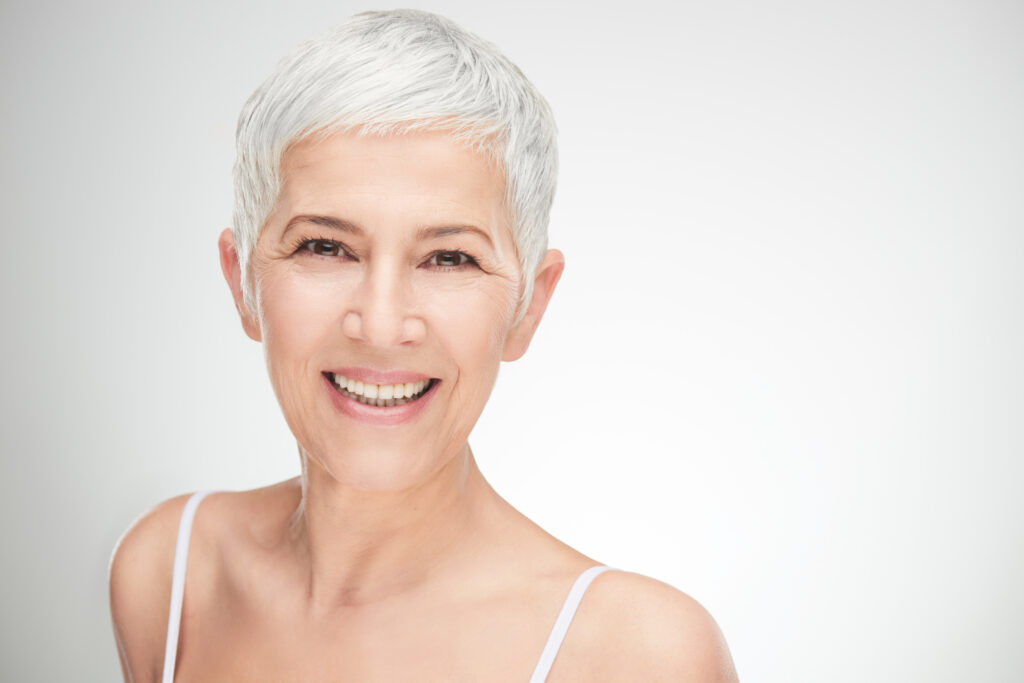The face is usually the first part of the body noticed by others in normal human interaction as it gives the most information about an individual, providing clues to intention and behaviour. Hence its unique characteristics carry major psychological and social implications.
One’s identity is quickly processed by the viewer’s rapid scan of all aspects of the face and its expressions. The eye is inevitably drawn to any asymmetry, disproportion or any unusual aspect of form, colour or contour. Those who have a facial feature (that differs noticeably) are often self-conscious and may suffer from low self esteem.
The cheek prominence is regarded as an important landmark for facial attractiveness and when deficient, may be augmented by skeletal surgery or special onlay implants. Rhinoplasty (nasal reshaping) is one of the most common aesthetic facial procedures that can address both functional nasal airway concerns and correct disproportions in the components of the nose. Rhinoplasties are performed to create harmony in the ratios of the nasal profile, tip and nostril appearance with the rest of the face.
The ageing face is characterised by soft tissue laxity of the skin that is evidenced by drooping of the brows, bags under the eyelids, or more prominent jowls with sagging and creasing of the neck skin. A number of procedures can be undertaken to tighten the skin and muscles in order to freshen the face and restore a more youthful appearance (rhytidectomy and blepharoplasty). There has also been considerable development in chemical fillers to augment skin to improve wrinkles, scars and to augment thin lips.
Your Oral and Maxillofacial Surgeon will be happy to discuss these issues with you and provide advice about seeking the right pathway for treatment.

Your Oral and Maxillofacial Surgeon will be happy to discuss these issues with you to provide advice about seeking the right pathway for treatment.

Locate an OMS in your area
Ready for the next step? Find an ANZAOMS member in your area within Australia and New Zealand today.

Is oral and maxillofacial surgery right for you?
We’ve put together a handy list of questions for you to discuss with your surgeon.
Find out more information on other procedures
Note: The information covered within this web page and across this website is not intended as a substitute for professional medical or dental advice, diagnosis, or treatment. It is listed to provide you with a general overview to help you communicate effectively when you seek the advice of an oral and maxillofacial surgeon.

